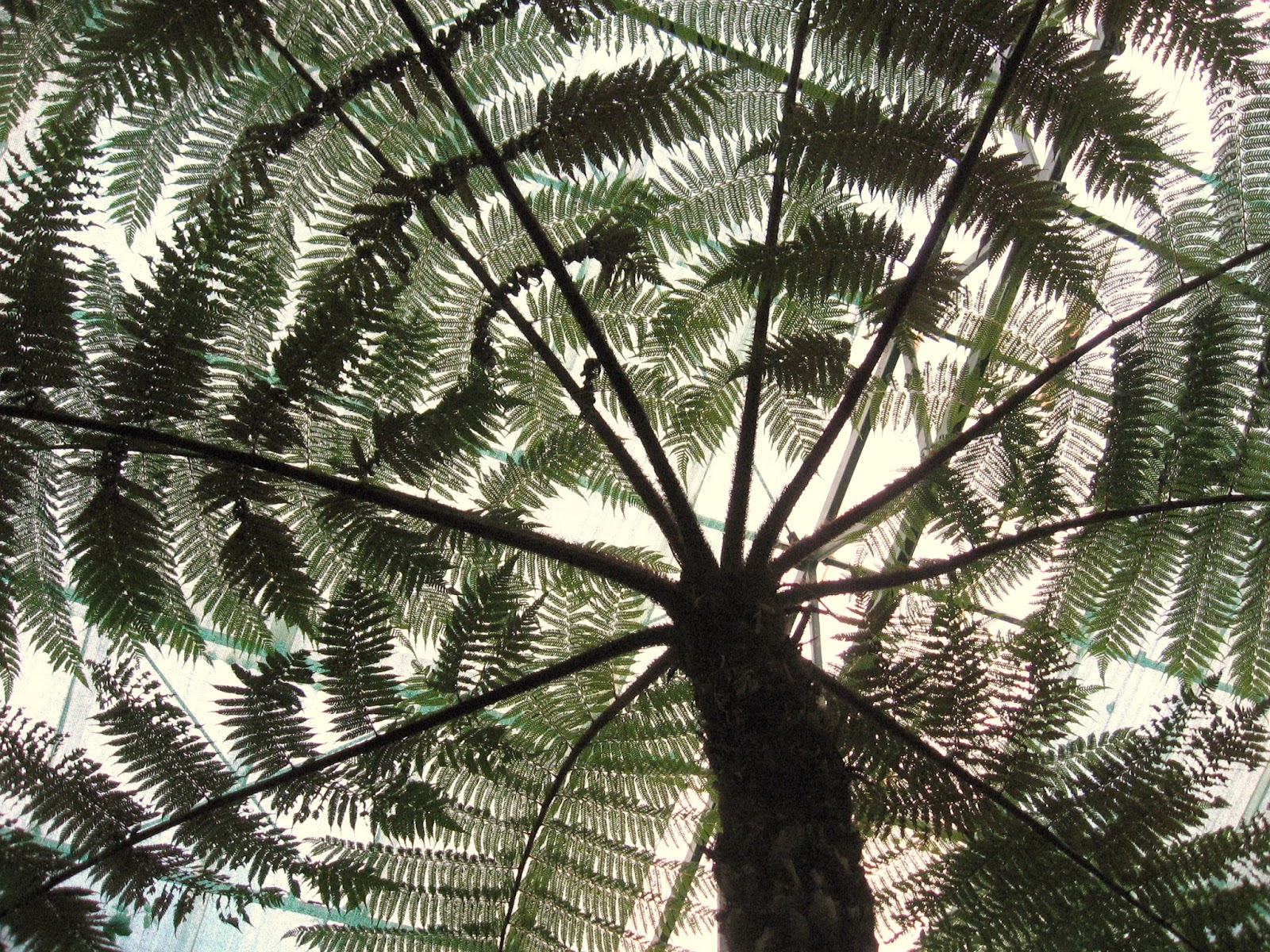Threesome - A Shrine, a Monastery and a Flower show
Sepoy Harbhajan Singh of the Punjab Regiment went missing while leading a pack of mules from his battalion close to 40 years back. A hunt was launched and they located his body 3 days later in a stream, the cause of his death was probably due to drowning. Soon after, soldiers reported that the Sepoy had appeared in their dreams; some even could see him patrolling the area every night in full uniform, including the enemy across the Border. The shrine, built in his honor, lies on the road to Nathula Pass and is visited by scores of people each day. Each year in September Baba takes his annual leave and travels back to his hometown in Punjab. A berth on a train is reserved in his name and a soldier accompanies him on this journey.
The Nathula pass is some distance away from here and needs a special permit if you want to visit and see the Red Army across the Border. The weather here is extremely cold and chilly, considering we are at a high altitude so we decided to give it a miss, though the Baba Mandir visit was well worth the time
Rumtek Monastery in Gangtok - The monastery is the largest by far in Sikkim. It is also the home to a multitude of Buddhist monks, the place where they perform sacred rituals and practices of their lineage. The Monastery houses several sacred objects within its complex, and the most magnificent is the Golden Stupa, which contains the precious relics of His Holiness the Sixteenth Karmapa. Opposite that building is a college for religious studies. Inside, the spacious, intricately decorated Main Shrine Hall is supported by robust red pillars. Long, silk banners and ancient Thangka Paintings hang from these columns
Housed in the hall on either side of the main shrine is a large set of religious texts. Behind the south wall of the monastery a path leads to the consecrated stupa. At the beginning of the walkway is a steep footpath, lined with prayer flags whose colors symbolize the five elements: blue for iron; white, water; red, fire; yellow, earth; and green, wood. Some are printed with prayers for prosperity and well-being. The flags lend a festive air to the hill. At the top of the hill is the Tenkhar, a small home built for the dharma protectors and local deities.


Sikkim is home to around 5,000 species of flowering plants, including rare orchids, Primula & Rhododendrons It also grooms a variety of Bamboo species, Conifers, ferns and medicinal plants. The orchid Dendrobium nobile is the official flower of Sikkim, while the rhododendron is the state tree. International Flower shows are a regular occurrence, though the one we saw was of a much smaller proportion. The venue was near White Hall, not far from Gangtok. Some amazing species of Orchids were on display so also a variety of ferns.

More on Sikkim to follow in my next Blog.....










No comments:
Post a Comment